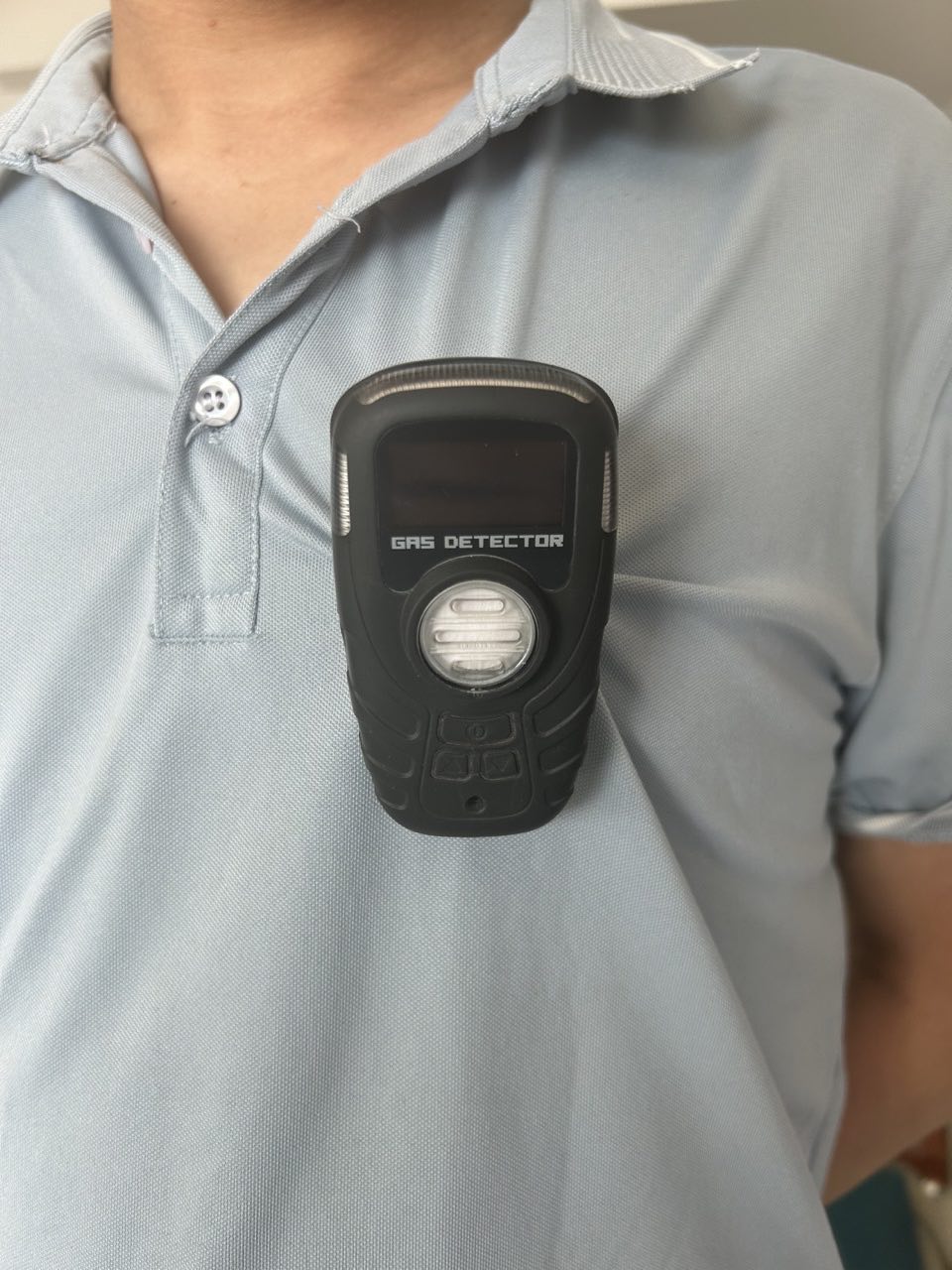Gas detector According to the use of different methods, there are fixed gas detector and portable gas detector. A fixed gas detector is installed on the test site to detect the gas within its measurement range 24 hours, and the staff carries a portable gas detector to detect the area to be detected in real time.
Portable and fixed gas detectors serve the same primary purpose—detecting the presence of hazardous gases—but they differ in design, application, and usage. Here's a breakdown of their differences:
 1. Portability
1. Portability
- Portable Gas Detectors: These are handheld or wearable devices designed to be carried by individuals. They are lightweight, compact, and battery-operated, making them ideal for personal safety in environments where gas hazards may exist.
- Fixed Gas Detectors: These are stationary devices installed in specific locations to continuously monitor gas levels. They are typically mounted on walls, ceilings, or other fixed structures and are hardwired into a power supply.
2. Application
- Portable Gas Detectors: Used for personal safety in environments where workers move around, such as confined spaces, construction sites, or industrial facilities. They are also used for leak detection, spot checks, and emergency response.
- Fixed Gas Detectors: Used for continuous monitoring in areas where gas leaks are likely to occur, such as pipelines, storage tanks, or manufacturing plants. They provide early warning of gas buildup and are often integrated into safety systems.
3. Monitoring Scope
- Portable Gas Detectors: Monitor the immediate environment around the user. They are ideal for detecting localized gas leaks or ensuring safe conditions in a specific area.
- Fixed Gas Detectors: Monitor a specific area or zone continuously. They are often part of a larger gas detection system that covers an entire facility.
4. Power Source
- Portable Gas Detectors: Powered by rechargeable or replaceable batteries, making them self-contained and mobile.
- Fixed Gas Detectors: Typically powered by a permanent electrical supply, often with backup batteries for uninterrupted operation.
5. Alarm Systems
- Portable Gas Detectors: Equipped with audible, visual, and sometimes vibrating alarms to alert the user directly.
- Fixed Gas Detectors: Connected to centralized control panels or alarm systems that notify personnel across the facility. They may also trigger automated responses, such as ventilation systems or shutdown procedures.
 6. Maintenance and Calibration
6. Maintenance and Calibration
- Portable Gas Detectors: Require regular calibration and maintenance, often performed by the user or a technician. They are more prone to wear and tear due to frequent handling.
- Fixed Gas Detectors: Also require regular calibration and maintenance but are typically serviced by trained technicians. They are designed for long-term, reliable operation.
TEL:18995278133ADD:Block A, Yinchuan Zhongguancun Innovation Center, Xingzhou Street, Xixia District, Yinchuan, Ningxia
Copyright©2025 Ningxia Maiya Sensor Technology Development Co., Ltd
宁ICP备2022001619号-1